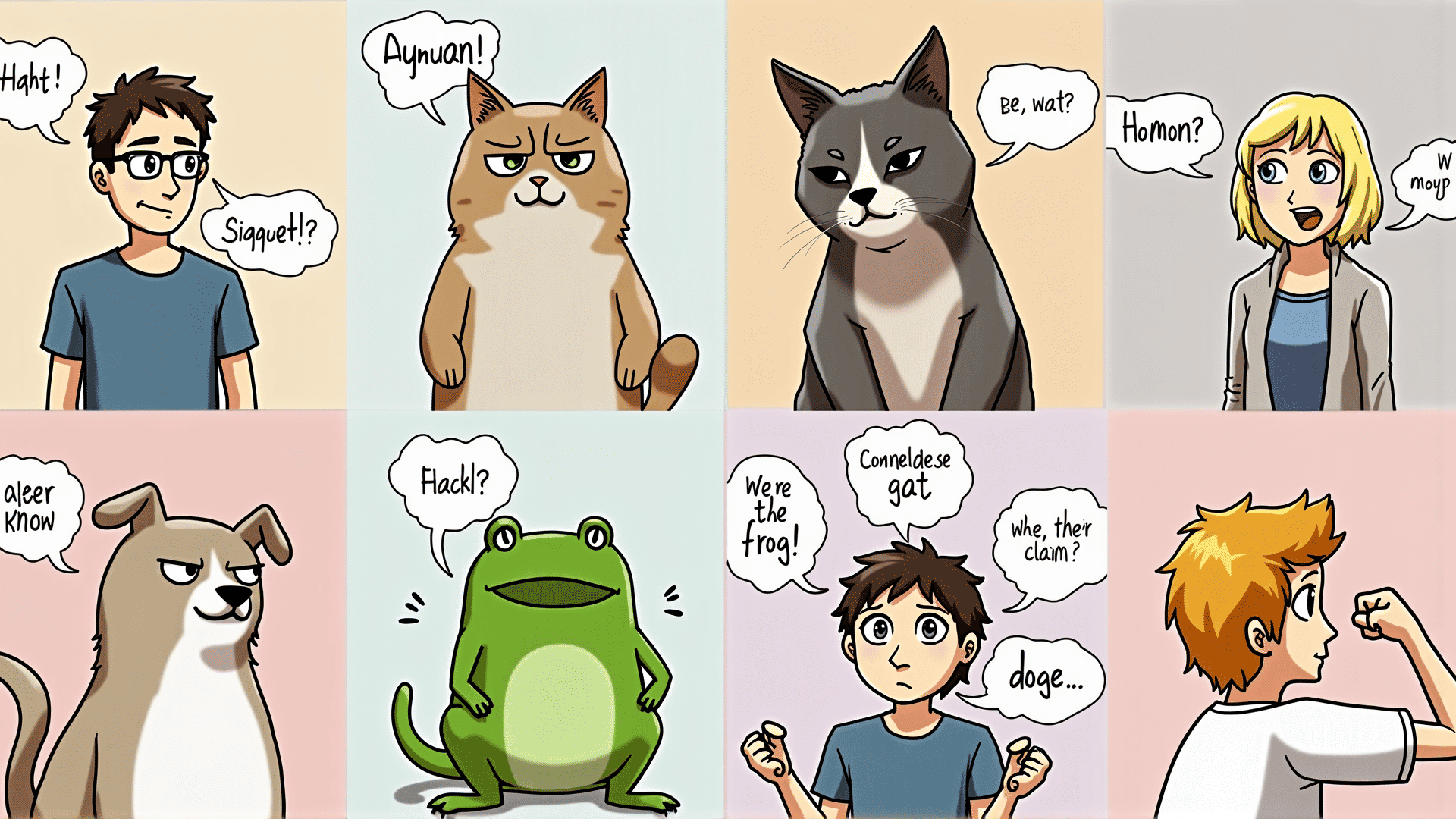In the fast-paced ecosystem of the internet, memes have emerged as a paramount form of expression, embodying humor, irony, and social commentary. Understanding the language of memes is crucial to grasp their nuance and context. This article seeks to unravel this unique language and the subtleties that make memes so effective in communication.
Memes often begin with a simple image or phrase that resonates across different cultures and demographics. The humor often lies in shared experiences or common scenarios that are exaggerated to an absurd degree. Consider the classic "Distracted Boyfriend" meme, which uses a relatable situation to convey complex relational dynamics humorously.
The power of a meme often derives from its brevity and ability to distill complex ideas into a digestible format. This efficiency is achieved through a combination of visual elements and text, known as "top text" and "bottom text", which together create a powerful punchline. The economy of language in memes makes them particularly suited to the rapid consumption environment of social media.
Furthermore, memes can act as social currency, allowing individuals to signal in-group membership. By sharing or modifying a meme, users demonstrate their awareness of current trends and cultural references, a form of digital literacy. This aspect of meme culture reinforces a sense of community among users who "get" the joke.
Another significant aspect is the iterative nature of memes; they evolve as they're shared, gaining layers of meaning as individuals adapt them to fit new contexts. This memetic evolution mirrors linguistic evolution, where meanings shift and adapt over time. The "Drake Hotline Bling" meme exemplifies this adaptability, repurposed countless times to fit various situations while retaining its core visual and meaning.
Understanding the context from which a meme originates is crucial. Many memes are rooted in niche subcultures or specific socio-political climates, providing commentary or critique on prevailing issues. A meme's humor can often be traced back to a particular community's in-joke or worldview, requiring outsiders to engage with the underlying context to fully appreciate the humor.
The success of a meme also owes much to timing. A well-timed meme can capture the public's imagination, encapsulating the collective mood of a certain moment—whether in response to a trending topic or as a form of escapism from real-world events.
Finally, memes serve as a testament to the creativity and innovation inherent in digital culture. They celebrate the playful manipulation of media and language, showcasing how easily they can be remixed and reinterpreted across different platforms and communities.
In conclusion, the language of memes is a dynamic interplay of visuals, text, and context, bound together by shared human experience and humor. As a global phenomenon, memes transcend language barriers, acting as a universal form of expression and a pivotal element of digital communication. Understanding them offers insights into contemporary culture and the way we communicate in the digital age.
